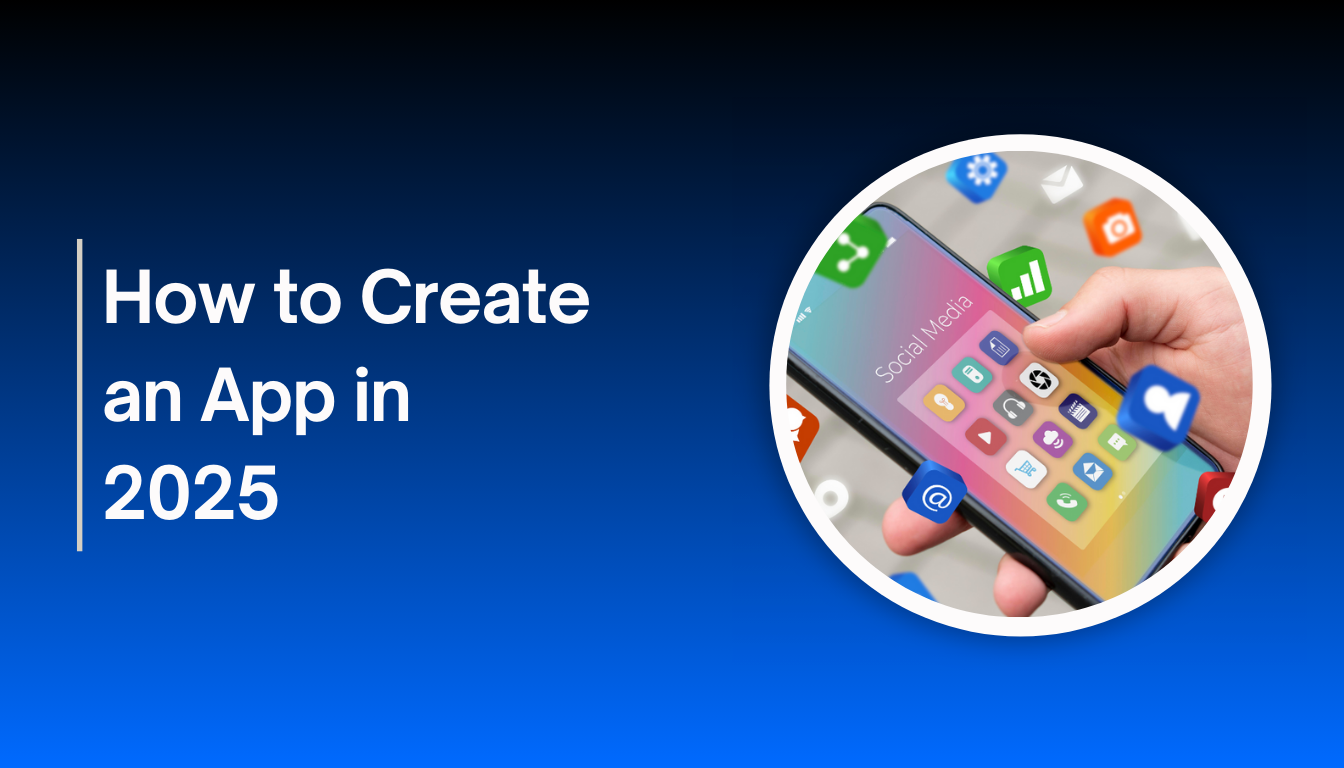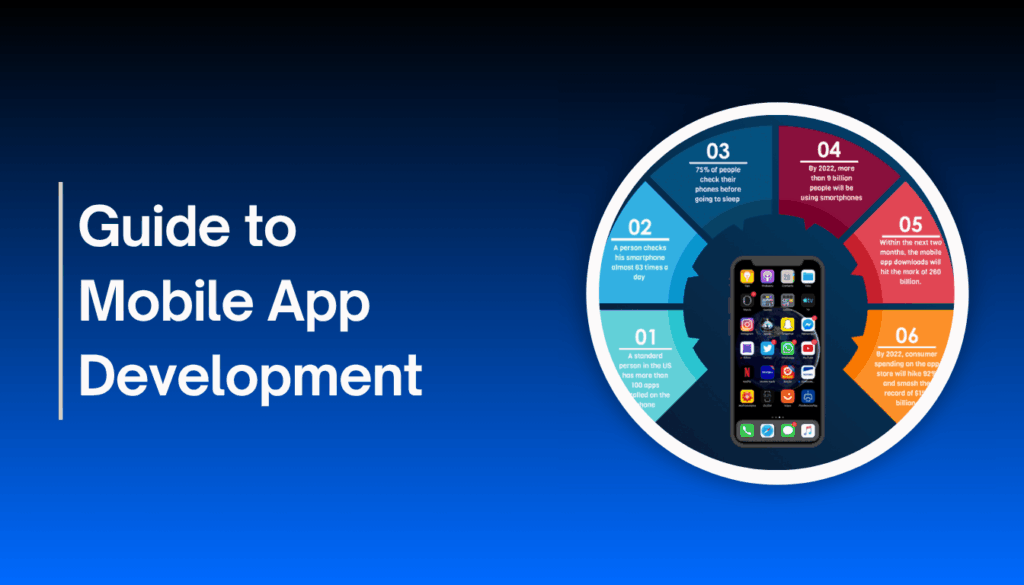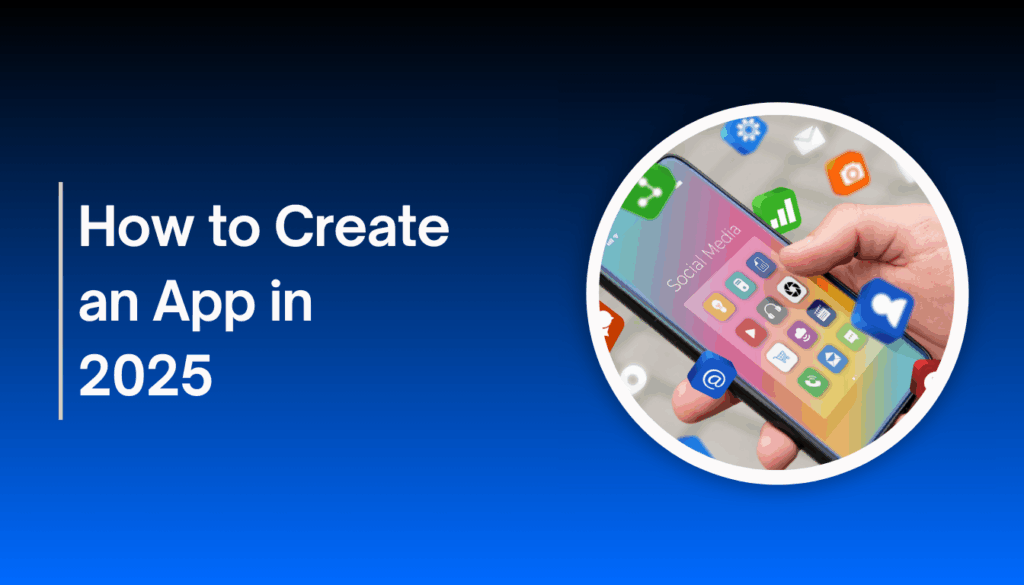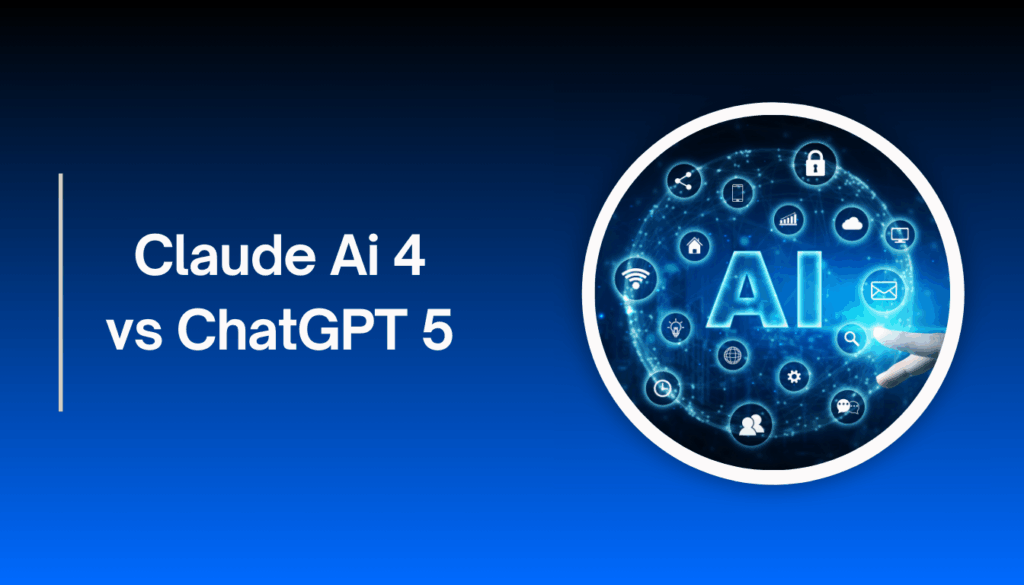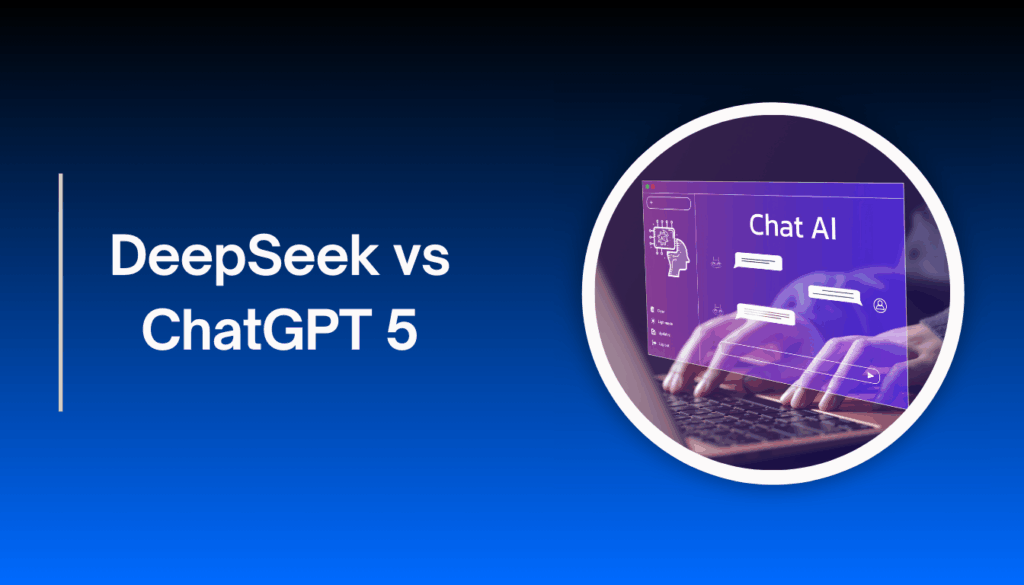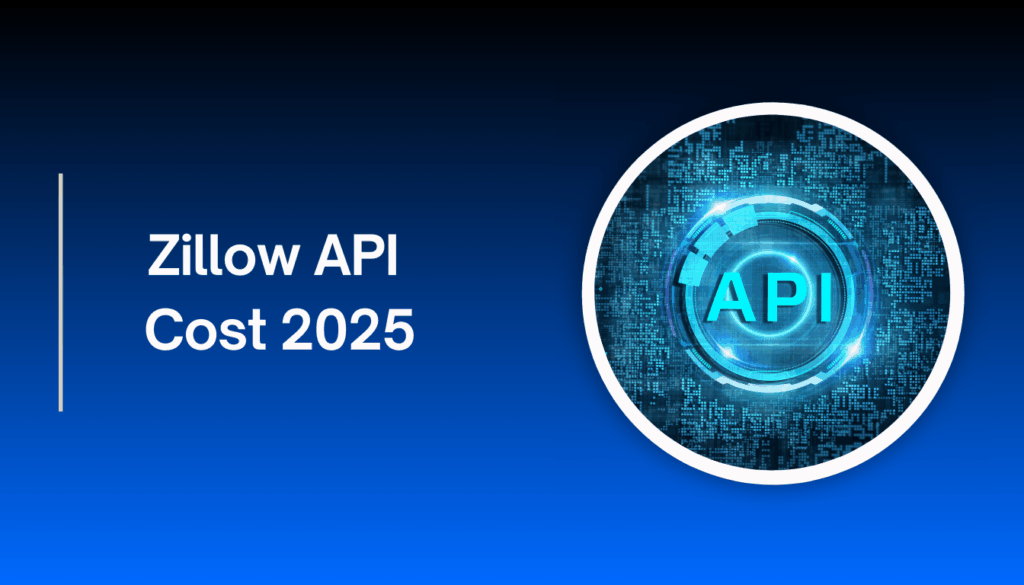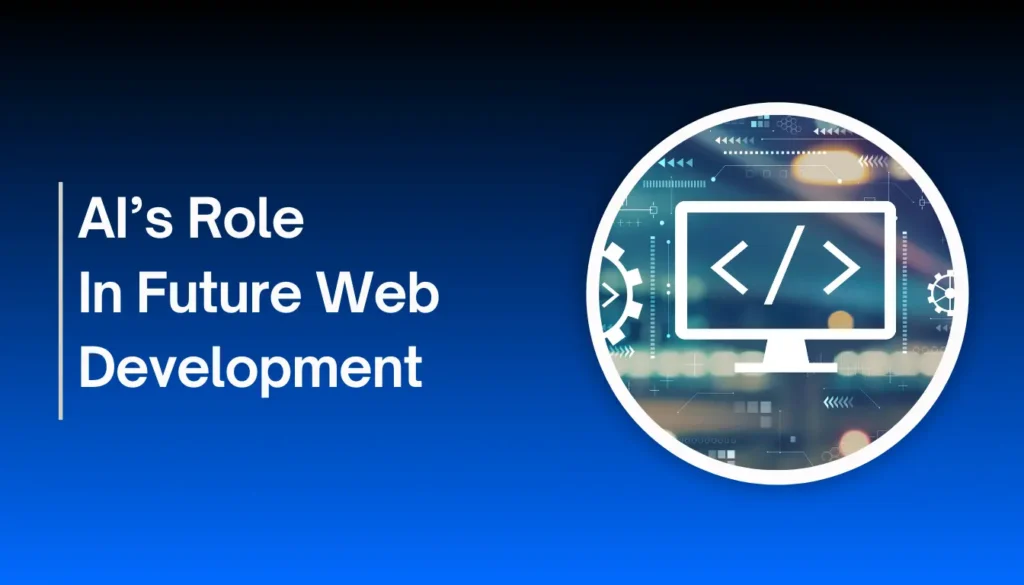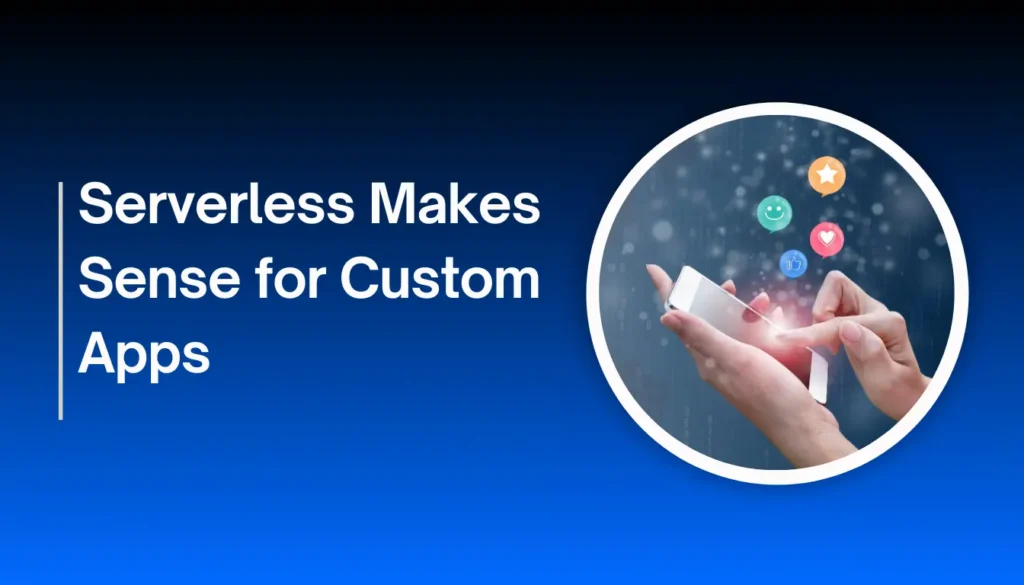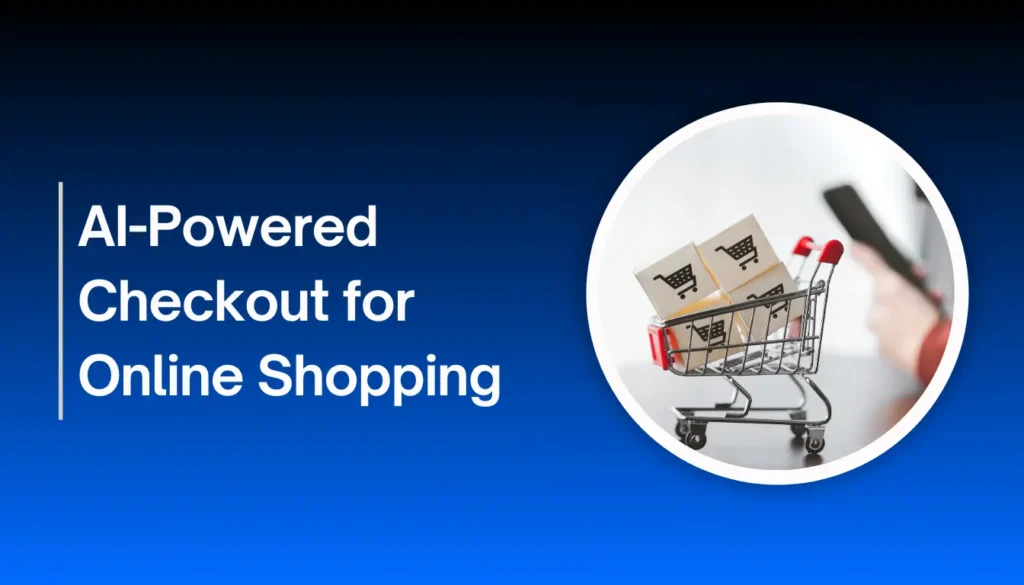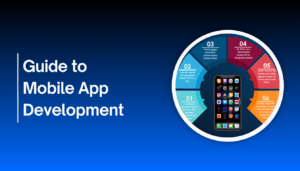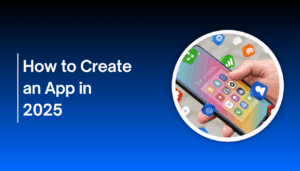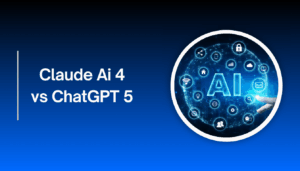The no-code revolution is reshaping how we develop applications. Did you know that over 13 million apps are available for download across various app stores? This figure showcases the increasing need for mobile apps. Yet, the thought of creating an app can seem overwhelming, even for those without coding skills.
No-code app development platforms are changing the game, allowing anyone to craft an app without coding. Tools like Glide, Adalo, Bubble, Thunkable, and FlutterFlow provide drag-and-drop features and ready-made templates. This makes app creation more accessible than ever before.
Key Takeaways
- No-code platforms simplify the app development process.
- Drag-and-drop features and templates make it easy to build apps.
- No coding knowledge is required to create a functional app.
- Popular no-code platforms include Glide, Adalo, and Bubble.
- The no-code revolution is democratizing app development.
The No-Code Revolution: App Development in 2025
No-code tools are transforming app creation, allowing anyone to build an app. The global low-code and digital process automation market is projected to hit $13.2 billion by 2023. This growth shows a clear move towards no-code solutions. It’s changing the app development scene, making it accessible to those without deep coding knowledge.
Why Coding Skills Are No Longer Required
The rise of no-code platforms has made coding skills less critical for app development. With intuitive drag-and-drop interfaces and visual development environments, no-code platforms let users concentrate on app logic and design. This change broadens app development to more people, including entrepreneurs and small business owners who can’t afford a development team.
The Evolution of No-Code Platforms
No-code platforms have advanced significantly, now featuring advanced capabilities. Today’s no-code tools offer:
- Robust database integration
- Advanced user authentication
- Customizable UI components
- Seamless API connections
These features allow for the creation of complex, data-driven apps without manual coding.
What’s Possible Without Writing Code
Without coding, developers and non-developers can build a variety of apps. From simple inventory tools to complex e-commerce platforms, the range is vast. The possibilities include:
- Building custom business apps
- Creating interactive user interfaces
- Integrating with existing services and databases
- Deploying scalable and secure applications
The no-code revolution is more than simplifying development. It’s about unleashing innovation and creativity in app creation.
Understanding the Benefits of No-Code App Development
The rise of no-code app development has transformed how entrepreneurs and businesses craft digital products. This new method of app creation brings many benefits that can greatly influence a project’s success.
Time and Cost Efficiency
No-code platforms simplify the app development process, cutting down the time and resources needed to launch an app. By removing the need for extensive coding, these solutions allow developers to concentrate on the app’s functionality and user experience. This leads to quicker development times and lower costs.
Accessibility for Non-Technical Entrepreneurs
No-code app development empowers non-technical entrepreneurs to create apps without needing expensive developers or complex coding skills. This opens up new avenues for startups and small businesses to innovate and compete in the digital market.
Rapid Iteration and Testing
No-code platforms enable rapid iteration and testing, allowing developers to make swift changes and updates. This agility is vital in today’s fast-paced digital world. The ability to adapt and respond to user feedback is key to an app’s success.
Essential Preparation Before Creating Your App
Creating a successful app requires thorough preparation. Before starting, define your app’s purpose, understand your users, and research the market. This groundwork is critical for success.
Defining Your App Idea and Purpose
Begin by clearly stating your app idea and the problem it solves. Consider these questions:
- What is the main purpose of my app?
- What features will it offer?
- How will it benefit my users?
A well-defined app concept guides your development and keeps you focused on your goals.
Identifying Your Target Audience
Understanding your target audience is vital for creating an app that meets their needs. Think about:
- Demographics: age, gender, location
- Interests and behaviors
- Challenges they face that your app can solve
By identifying your target audience, you can tailor your app’s features and user experience to resonate with them.
Researching Competitors and Market Demand
Conducting market research is essential to understand the competitive landscape and demand for your app. Analyze:
- Existing apps that offer similar solutions
- Market trends and user preferences
- Gaps in the market that your app can fill
This research will inform your app’s unique selling proposition and help you differentiate it from competitors.
Planning Your App’s User Experience
To succeed in 2025, your app needs more than a good idea; it requires a well-thought-out user experience. A well-designed user experience is key to your app’s success. It directly impacts how users engage with your product.
Sketching Your App Layout
Sketching your app’s layout is the first step in planning its user experience. This process involves creating a visual blueprint of your app’s structure and design. Sketching helps you spot issues early and make adjustments before diving into development.
Creating User Flows
Creating user flows is another vital part of planning your app’s user experience. User flows outline the steps users take when using your app. They help you understand the user’s journey and pinpoint areas for improvement. By crafting intuitive user flows, you ensure your app is easy to use and provides a smooth experience.
Designing for Usability
Designing for usability is critical to creating an app users will adore. It means your app should be intuitive, simple to navigate, and offer clear, concise information. By focusing on usability, you boost user engagement and lower the chance of users leaving your app.
By concentrating on these essential areas – sketching your app layout, creating user flows, and designing for usability – you can craft an app with a user experience that resonates with your audience. This sets your app up for success.
Top No-Code Platforms to Create an App in 2025
As we enter 2025, the no-code app development scene is booming. It offers a wide range of options for entrepreneurs and businesses. Here are some leading no-code platforms making a splash in the industry.
Glide: Spreadsheet-Powered Apps
Glide stands out as a no-code platform. It lets users create powerful apps from Google Sheets. Its ease and flexibility make it perfect for building data-driven apps without needing to know how to code.
Adalo: Visual App Builder
Adalo provides a visual way to build apps. It’s known for its drag-and-drop interface and vast template library. This makes it a top choice for no-code developers.
Bubble: Comprehensive Web App Development
Bubble is a powerful no-code platform for creating complex web applications. It boasts a visual editor and customizable workflows. This makes it a go-to for entrepreneurs and businesses aiming to build sophisticated web apps.
Thunkable: Cross-Platform Mobile Apps
Thunkable allows for the development of mobile apps for both iOS and Android. Its drag-and-drop interface and extensive component library help users create native-like apps.
FlutterFlow: Advanced Visual Development
FlutterFlow is a newcomer in the no-code field. It offers advanced visual development capabilities. Users can build apps for mobile, web, and desktop from a single codebase.
When picking a no-code platform, consider ease of use, scalability, and integration capabilities. Below is a comparison of the top no-code platforms:
| Platform | Key Features | Target Audience |
|---|---|---|
| Glide | Spreadsheet-powered apps, data-driven | Businesses, entrepreneurs |
| Adalo | Visual app builder, drag-and-drop | Non-technical users, startups |
| Bubble | Comprehensive web app development, customizable workflows | Entrepreneurs, businesses |
| Thunkable | Cross-platform mobile apps, drag-and-drop | Mobile app developers, businesses |
| FlutterFlow | Advanced visual development, natively compiled apps | Developers, enterprises |
As noted by
“The future of app development is no-code, and it’s exciting to see the innovation happening in this space.”
, the no-code revolution is changing app development. With these top no-code platforms, businesses and entrepreneurs can turn their app ideas into reality without needing to code extensively.
How to Create an App Step-by-Step
In 2025, creating an app is more accessible than ever, thanks to no-code app development platforms. This guide will walk you through the process. You’ll learn how to select the right platform, connect to databases, and APIs.
Selecting the Right Platform for Your Needs
Choosing the right no-code platform is the first step. With many options, consider your app’s purpose, target audience, and needed features. Glide, Adalo, and Bubble are popular choices, each with unique strengths.
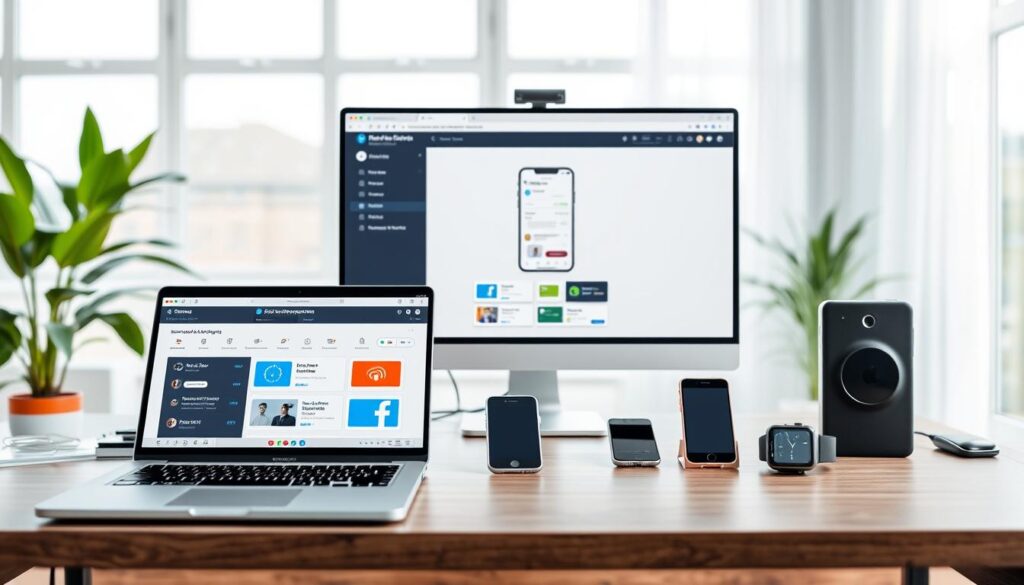
Setting Up Your Project
After picking a platform, set up your project. This involves creating an account, selecting a template, or starting from scratch. Most platforms have intuitive interfaces and tutorials to help you begin.
Building Your App’s Interface
Now, start building your app’s interface. Use drag-and-drop tools or visual editors to design the UI and UX. Aim for an intuitive and engaging interface that reflects your brand.
Adding Functionality and Features
Next, add functionality and features to your app. No-code platforms offer pre-built features and integrations. You can also create custom features using visual logic editors or workflow builders.
Connecting to Databases and APIs
The final step is connecting your app to databases and APIs. This allows your app to store and retrieve data and integrate with external services. Most platforms support connections to popular databases and APIs, making integration easy.
Cost Comparison: No-Code vs. Traditional Development
The demand for mobile apps is skyrocketing, making the cost of development a critical factor. Traditional methods, requiring a team of developers, are both pricey and time-consuming.
Platform Pricing Models
No-code platforms present a budget-friendly option, with prices ranging from $10 to $50 monthly. Platforms like Glide, Adalo, and Bubble offer various plans to meet diverse needs.
No-code platforms are significantly cheaper than traditional development. A recent study found that app development costs are much lower with no-code solutions.
Hidden Costs to Consider
While no-code platforms cut initial development costs, hidden expenses can arise. These might include custom app tweaks, third-party service integrations, or scaling costs as the app expands.
Scaling Costs as Your App Grows
As your app’s popularity increases, you’ll need to scale your infrastructure. No-code platforms offer scalable solutions, but understanding scaling costs is vital.
ROI Analysis for No-Code Development
Assessing no-code development’s cost-effectiveness requires a ROI analysis. No-code platforms can significantly reduce development costs and time-to-market, leading to substantial ROI.
“No-code development is a game-changer for entrepreneurs and businesses looking to create apps quickly and affordably.” – A leading industry expert.
In summary, no-code development is a cost-effective alternative to traditional app development. Understanding pricing models, hidden costs, and scaling expenses helps in making an informed decision for your project.
Tips for Beginners Creating Their First App
Embarking on your first app development journey can seem overwhelming. Yet, with the right guidance, success is within reach. As a novice, understanding the development process and available resources is key.
Starting With a Minimum Viable Product (MVP)
Begin by crafting a Minimum Viable Product (MVP) with only the app’s core features. This strategy lets you test your concept with minimal investment. It also allows you to refine your app based on user feedback.
Leveraging Tutorials and Community Resources
No-code platforms abound with tutorials and community resources. These are invaluable for learning and overcoming hurdles. Engage with community forums and discussions to gain insights and support.

Common Mistakes to Avoid
Beginners often make mistakes that can hinder app success. Avoid overcomplicating features, neglecting user experience, and inadequate testing. Awareness of these pitfalls can help you steer clear of them.
When to Seek Professional Help
Even with user-friendly no-code platforms, professional assistance may be necessary. For complex integrations or customized needs, experts can offer the guidance and support you require.
Monetizing Your App: Turning Your Idea Into a Business
App monetization is essential for turning your concept into a profitable venture. The right strategies can make all the difference. They can turn a successful app into a money-making machine or a failure.
In-App Advertising Strategies
In-app advertising is a common way to earn revenue. By adding ads to your app, you can make money from user interactions. Common ad types include banner ads, interstitial ads, and rewarded videos.
Key considerations for in-app advertising:
- Ad placement and user experience
- Ad format and relevance
- Targeting the right audience
Subscription Models and Pricing Tiers
Subscription models provide ongoing access to premium content or services for a fee. By having multiple pricing tiers, you can cater to various user segments.
| Pricing Tier | Features | Price |
|---|---|---|
| Basic | Limited access | $9.99/month |
| Premium | Full access, exclusive content | $19.99/month |
| Elite | All premium features, personalized support | $29.99/month |
In-App Purchases and Premium Features
In-app purchases let users buy specific features or virtual goods. Premium features can increase user engagement and boost revenue.
Examples of in-app purchases include:
- Virtual currencies or tokens
- Premium content or features
- Ad-free experience
Alternative Revenue Streams
Exploring different revenue streams can diversify your app’s income. This might include partnerships, affiliate marketing, or selling data. But, always ensure compliance with privacy regulations.
By combining these monetization strategies, you can make your app profitable. It’s vital to listen to user feedback and adjust your strategies to maximize revenue and satisfaction.
Conclusion: Your Path to Successful App Creation Without Coding
Creating a successful app without coding is now a reality, thanks to advancements in no-code app development platforms. By following the steps outlined in this article, you can turn your app idea into a tangible product. This product will resonate with your target audience.
No-code platforms like Glide, Adalo, and Bubble have democratized app development. They make it accessible to entrepreneurs and individuals without extensive coding knowledge. The key to successful app creation lies in understanding your target audience, designing a user-friendly interface, and leveraging the right no-code platform for your needs.
As you embark on your no-code app development journey, remember that the possibilities are vast. With the right tools and a clear understanding of your goals, you can create an app that meets your users’ needs. This app will drive business growth.


